What is ‘clean beauty’? Caudalie's co-founder tells us why it should matter and how to get started
Want to clean up your skincare routine, but are clueless about where to start? Here are the basics to know, courtesy of the French clean skincare brand's Bertrand Thomas.

What exactly is clean beauty? (Photo: iStock)
Clean beauty is big – what started as a trend some years ago is now considered a movement that is pushing industry players, both big and small, towards the long-term goal of making their skincare formulas friendlier to both skin and the environment.
With skin conditions like dermatitis and eczema on the rise and climate change in the spotlight, there’s hardly any surprise why more and more people are taking an interest in what exactly goes into the skincare products they use every day and if they also impact the planet in a negative way. Naturally, beauty companies are eager to meet this demand that’s growing speedily.
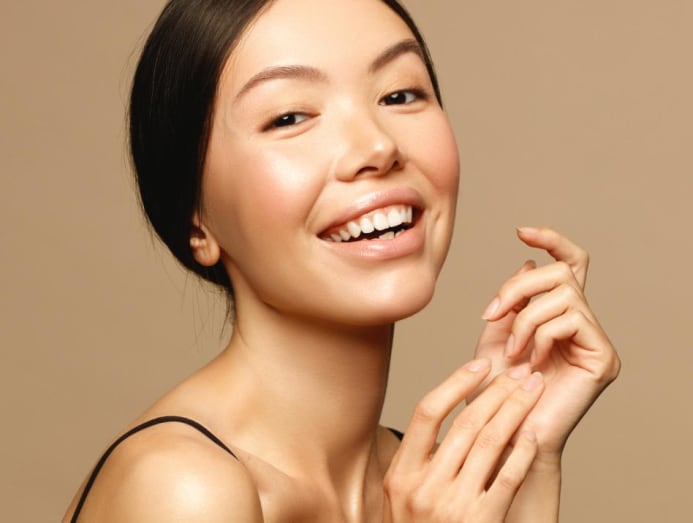
But going clean is not easy – on the part of both the consumer and the skincare makers. For the former, it’s about navigating the frequently confusing concept of clean beauty and finding the appropriate products that will meet their unique skincare needs. As for the latter, it takes a lot of investment and effort to make existing formulas clean.
Co-founder of clean skincare brand Caudalie, Bertrand Thomas, is well acquainted with this fact. “All these ingredients that we are using to create clean skincare – they are more expensive. Going clean is a slow process – it takes a lot of time to reformulate your products and there’s an extra cost for sure,” he explained.

The French brand is a pioneer in this area of beauty, having started its foray into clean skincare in 2005.
“Nobody cared at that time, honestly – neither the customers, nor the retailers. But we decided that we will do what we think is right and what we want to stand for as a brand. The competition out there hated us because of that… all the other brands were saying that we are discrediting traditional skincare additives likes parabens, which are used widely in the industry,” he added.
Fast-forward to today, and things are looking very different from back then in the beauty scene. It is now evident that Caudalie has gone on the right track by going clean. While clean beauty is already booming in areas like Europe and the United States, Thomas noted that it seems to be just gaining momentum in Asia. But growth is sure to come quickly with the arrival of more clean beauty brands, as well as rising levels of awareness of how beauty ingredients can impact skin health and even the planet.
WHAT IS CLEAN BEAUTY EXACTLY?
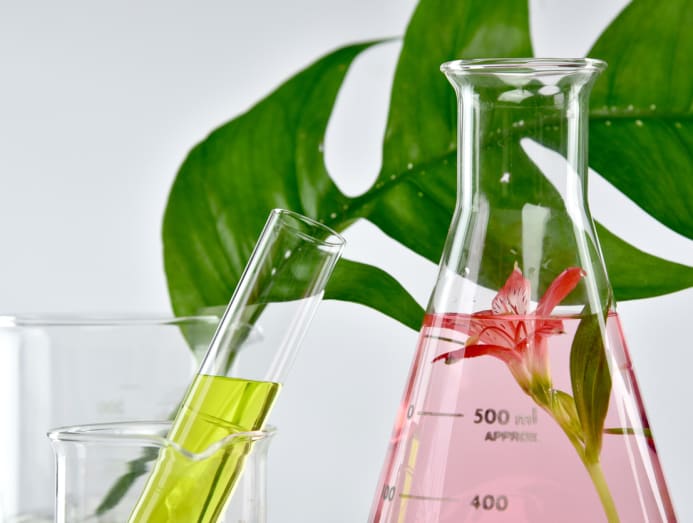
Many of us have some idea of what it is, but ask around and you’ll probably get different ideas about the term clean beauty. Yes, it’s generally about eliminating the “bad stuff” from beauty products – but exactly which? Again, there are varying levels of acceptance regarding what ingredients are considered okay or detrimental for our health and skin.
Thomas enlightened us on why it is so. “You see – there is no singular definition of clean beauty. And that’s with good reason, because it’s different in every country. For example, even if you are certified organic in France, you may not be certified organic in Germany. There is also a different set of regulations in the United States,” he explained. It’s also important to note that organic doesn’t necessarily equate to non-toxic.
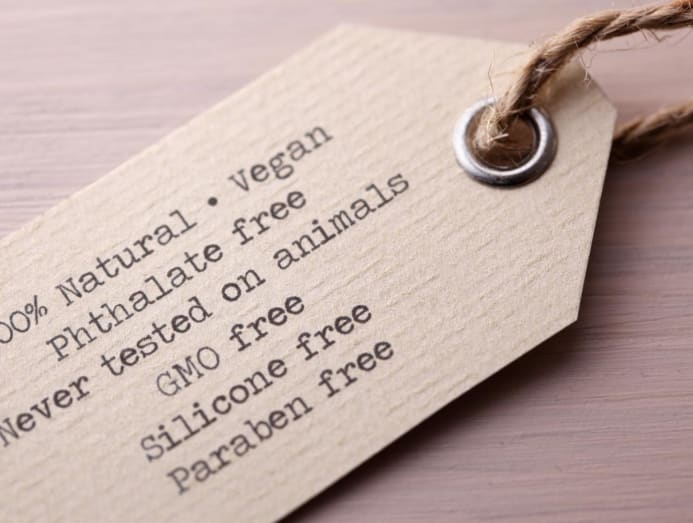
WHY SHOULD WE GO CLEAN?
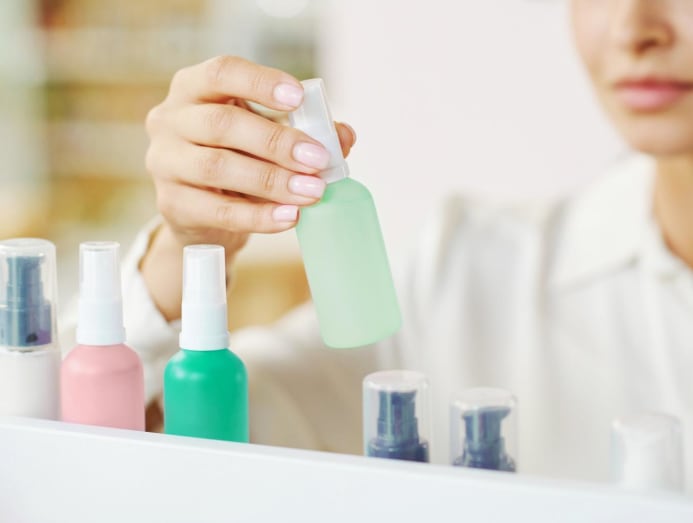
Environmental concerns aside, the first and most direct effect clean skincare has is seen on our skin. Thomas pointed out some ingredients that have been said to be harmful to our health and skin – parabens, phenoxyethanol, sulphates, petrochemical derivatives including paraffin and mineral oil. These already have some level of notoriety, having been mentioned in just about every article about the subject of clean beauty.
There is, of course, an opposing viewpoint out there of how the whole issue about these undesirable ingredients may be overhyped – as brands who are eager to ride on the success of the clean beauty movement drum up their marketing efforts on it.
Despite that, Thomas believes that it all boils down to common sense on the part of the consumer, particularly if one has reactive skin. “If you can treat your skin to better things and natural ingredients, why not? Our skin is bio-compatible with natural ingredients. Why would you use products with ingredients that make your skin sensitive?” he added.
If you’ve always wanted to switch to cleaner beauty products but do not know where to begin, here are some key questionable ingredients that you should probably phase out of your skincare routine.
START BY ELIMINATING THESE
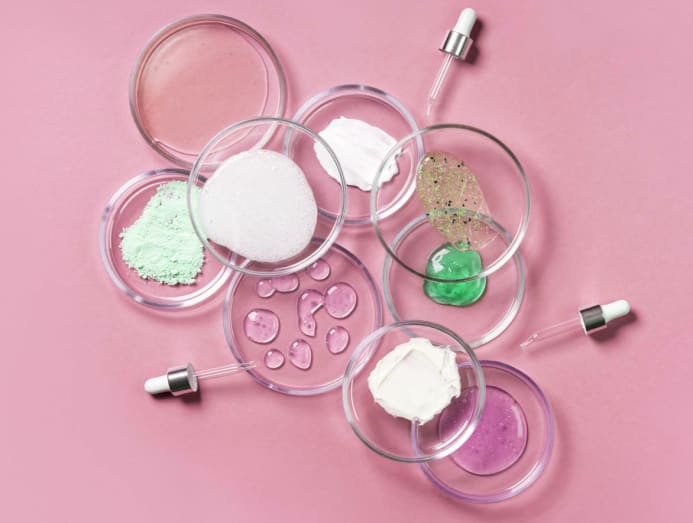
While these ingredients are controversial, there’s no conclusive evidence that they are certain to negatively impact our skin and health. But if your current products have not been working well for you, it doesn’t hurt to try products that are free of these and see if they actually improve your skin.
Parabens and phenoxyethanol: These have long been widely used as preservatives in skincare products and have been proven to be safe for use, provided they are utilised in low concentrations approved by regulating bodies. Still there are reasons for not wanting them in our skincare products. According to Thomas, these ingredients behave like large-spectrum antibiotics. “They’re supposed to kill bacteria in the formula – that’s their job. Unfortunately, they will also kill a few things in your skin that they should not – your skin’s self-defence mechanisms, or microorganisms that your skin needs,” he explained.
Mineral oils: Petrochemical derivatives like mineral oil are typically used for their softening, smoothening and hydrating properties. They act like an occlusive moisturiser but are often accused of being comedogenic. “Mineral oil is like plastic, so they may clog your pores and unbalance your skin. They are great for formulating because they create soft textures, but why would you want to be putting plastic on your face?” said Thomas. One good reason you might want to avoid this ingredient is if you have acne-prone skin.
Sodium lauryl sulphate (SLS) and sodium laureth sulphate (SLES): These are foaming agents and surfactants used in facial cleansers, shower gels and shampoos that serve to remove dirt and provide that “clean” sensation post-use. Even if it can’t be scientifically proven that they are linked to health issues, the problem with them is that they can often strip skin of essential moisture, which will result in unbalanced skin. If you have dry or mature skin, a facial cleanser that do not contain these sulphates may help it hold on to the moisture it needs.
Phthalates: These are used as binding agents or solvents in many cosmetics, skincare and personal care products, but have been found to be endocrine disruptors that bring about hormonal imbalance. While the exact harmful effects of phthalates cannot be conclusively determined, several types of them have been banned for use in Europe.
HOW TO CLEAN UP YOUR SKINCARE ROUTINE
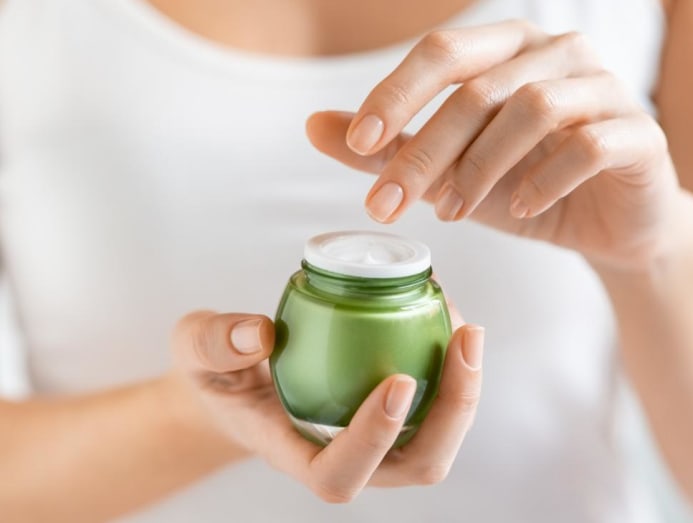
It’s wasteful to throw out every skincare product you are using currently – are there some key products that you should start replacing?
“First, ask yourself what your skin is like – is it combination, oily, dry, sensitive, acne-prone, or prone to hyperpigmentation? It also helps if you can remember what it doesn’t like, for example, a certain reaction it may have had when you used a certain product in the part, and so on. Many women tend to abuse their skin with harsh soaps and peels – they go for a radical approach to skincare because they want to see results now,” said Thomas.
The first thing he advised us to change is our facial cleanser and replacing it with a formula that doesn’t have sulphates in it. “The cleansing process is very important – find the gentlest way to cleanse your skin. If your cleanser is harsh, your skin is going to produce excessive sebum and it becomes oily. So, the more aggressively you clean it, the oilier it’s going to become,” he elaborated.
“Then, find a good serum that will boost your regimen, whether it’s to target skin laxity, hyperpigmentation, and so forth, and then a moisturiser. Make your skincare goals simple, then do some research and choose one based on them, or go to the stores and ask for some recommendations on clean products. Avoid those with mineral oils or ingredients that may irritate skin,” Thomas suggested.
With these main products as a starting point to your clean beauty routine, you can then slowly change the rest of the items in your regimen or add on new treatments and other essentials in your pursuit of better, healthier skin.








